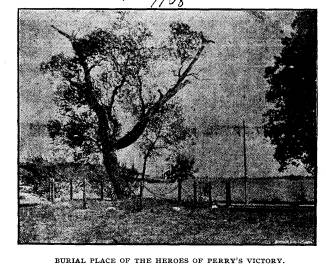Ohio History Journal
|
COMMENTS, NOTES AND REVIEWS. |
|
|
|
OTHER STATE SOCIETIES. During the month of August last the Editor of the Quarterly enjoyed a tour of visitation to many of the State Historical Societies of the Eastern and Middle states. A stop of two or three days was made at Washington, D. C., where arrangements were perfected with the Pub- lication Department, securing for our Library all government docu- ments pertinent to the purposes and work of our Society. We were greatly delighted with repeated visits to the Archaeological Department of the Smithsonian Institution and the new Congressional Library. The Congressional Library building, upon first view, is little less than over- whelming in its magnitude and magnificence. The building was erected at a cost to the Government of nearly $7,000,000, and we do not hesi- tate to say, from personal observation, that there is no Library edifice in architectural splendor, grandeur, size or adaptibility, in any of the European countries at all comparable to it. Surely the effete dynas- ties of the old world, time honored and lore decorated as they are, can no longer charge the young American Republic with being behind in the display of material and intellectual forces that make for the literary and scholarly advancement of the Nation. This triumphal temple of litera- ture covers, within its walls, nearly four acres of ground, just twice the space occupied by the stately capitol building in Columbus. It has a present stack (shelf) provision for 2,000,000 books and an additional ca- pacity for 2,500,000 more; 4,500,0000 in all. Its capacity is therefore twice that of the great library of France in Paris, and also of the library of the British Museum in London. We were flattered to learn from one of the Assistant Librarians that several more sets of the pub- lications of our Society were required to meet the demands of the pat- rons of the Library; especially were they sought for and consulted by the Ohio members of Congress. At Baltimore we became acquainted with the Maryland Historical So- ciety, which occupies a large but inadequate building of its own. Its very extensive library is especially rich in the historical literature of the Southern and Colonial states. The Society issues each year a volume of historical data. The Society has no official relationship with the State government, though the latter each year makes an appropriation towards (243) |

